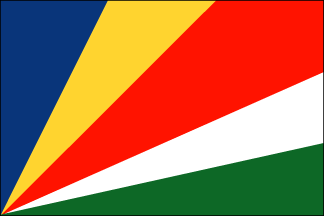FARADataInformS
Seychelles
 The cosmopolitan Seychellois are a colourful and harmonious blend of different races, which stem from African, European and Asian roots all of whom have brought something of their own customs and way of life to the islands. The result is a charming Creole culture enriched from the melting pot of many continents.
The cosmopolitan Seychellois are a colourful and harmonious blend of different races, which stem from African, European and Asian roots all of whom have brought something of their own customs and way of life to the islands. The result is a charming Creole culture enriched from the melting pot of many continents.
The major farming systems are
- Registered commercial farmers – operating on farms of an average of 0.5ha either growing vegetables, rearing livestock or carrying out mixed farming; and
- Home gardeners - produce for home consumption, barter or sale with friends, relatives and neighbours.
The Agricultural sector in Seychelles has lost most of its economic importance over the last two decades. The fisheries sector has become a strong economic pillar. Forestry in the Seychelles remains a relatively nonproductive sector. Approximately 8% of the total labour force (3,800 persons) in the country are employed in the agriculture, fisheries and forestry sectors.
Agricultural land area has been decreasing rapidly in the past decade due to tourism development, housing and other socio-economic activities. It is estimated that only 500 hectares are presently being utilized for agricultural production. Very little privately owned land is under agricultural production.
Local production of fruits, vegetables, meat and eggs continue to contribute significantly to local consumption requirements. In 2007, it was estimated that 60% of total consumption of fruits and vegetables were locally produced along with 60% pork, 70% broiler meat and 100% eggs. Plantation crops like cinnamon and coconut have lost considerable importance in the last 20 years.

